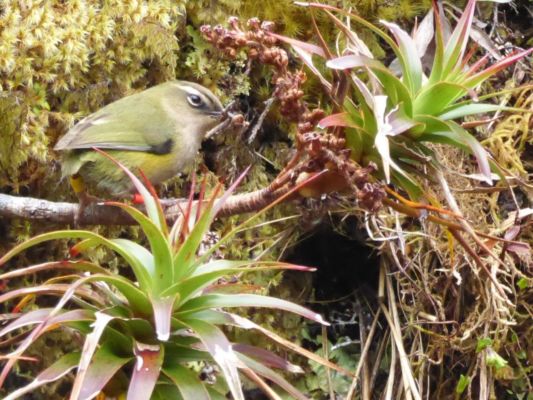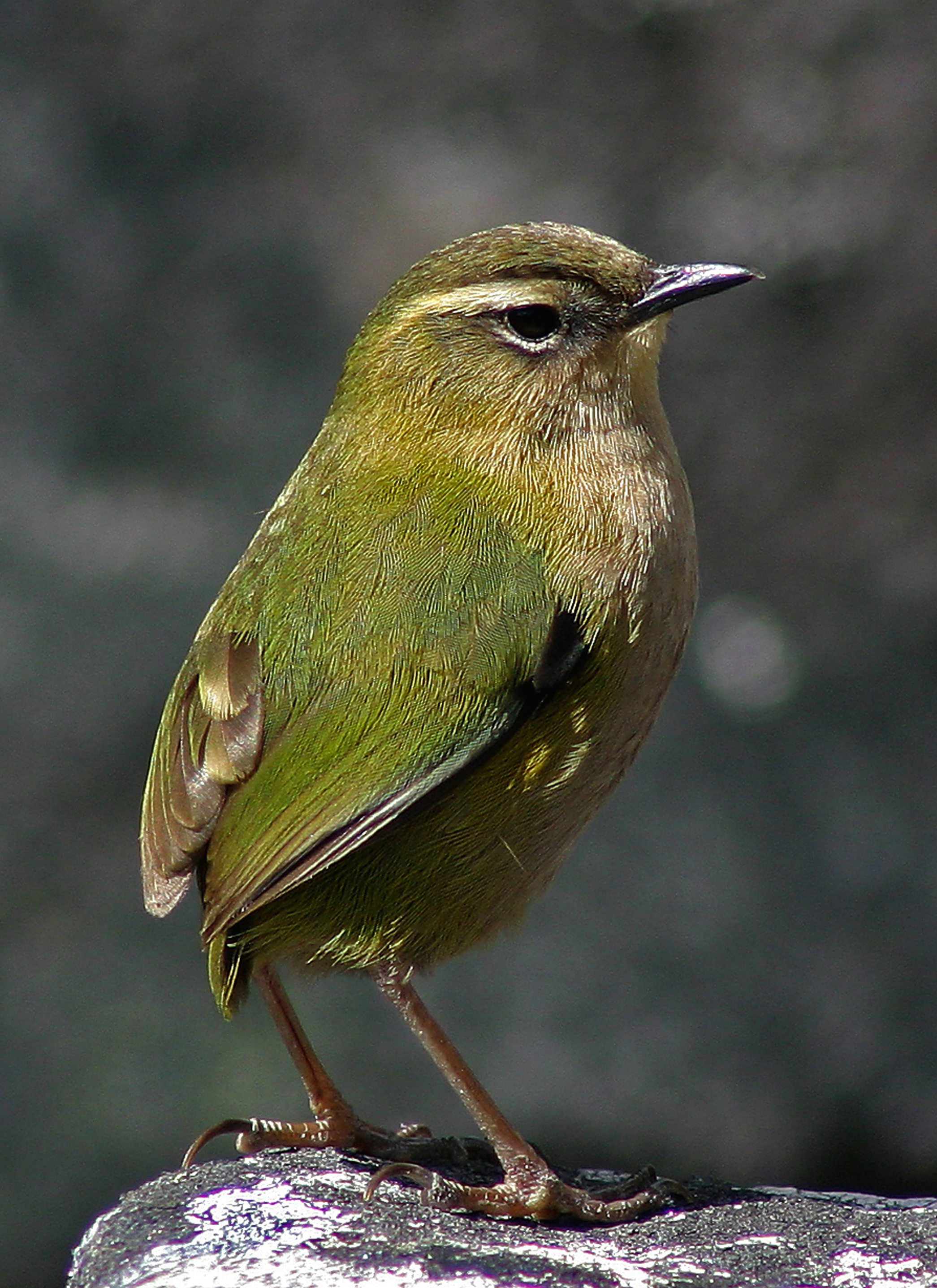Stoats are emerging as a key threat to our alpine wildlife as scientists learn more about predator/prey relationships in this less-studied habitat.

Remote alpine zones are home to unique skinks and geckos, some of which have only recently been discovered, along with insects such as alpine weta which can survive being frozen and the tiny rock wren which also has unusual coping strategies for the cold, harsh climate. A better understanding of how predators behave in the alpine zone is important for developing better ways to combat their predation.
In an article just published in ‘Notornis’, the research journal of the Ornithological Society of New Zealand (‘Birds New Zealand’), researchers Lauren Little, Prof. Carolyn King (University of Waikato) and Colin O’Donnell (Dept of Conservation), outline what they learned about stoat predation using camera traps set up at rock wren nests. The results are a vivid revelation of an efficient, calculating predator at work.
“Stoats (Mustela erminea), have recently been found to prey upon rock wrens (Xenicus gilviventris), New Zealand’s only truly alpine bird species… The rock wren is a member of the ancient family of endemic New Zealand wrens (Acanthisittidae) and is New Zealand’s only truly alpine bird species. This species can be separated into two distinct genetic lineages distributed across the South Island; the southern lineage is classified as Nationally Endangered and the northern lineage as Nationally Critical, reflecting dramatic and ongoing declines in both.”
Research was carried out over three breeding seasons from 2012-2015.

“We monitored 32 rock wren nests using motion activated infrared (IR) cameras from 2 locations in the Southern Alps over 3 breeding seasons, 2012-2015. The behaviour of stoats that preyed upon 13 rock wren nests was quantified to describe how they behaved around rock wren nests, and to determine whether understanding these behaviours could lead to improved predator control to help to protect this vulnerable bird species.”
The researchers recorded and viewed more than 45,200 infrared digital video files from 32 rock wren nests, each file ranging from 10 seconds to 1 hour in length, defined by the beginning and end of a separate triggering of the motion detector. Often the cameras were triggered for reasons other than predation, but when footage did show stoats, some grim dramas were revealed.
“Stoats usually hunted alone. They could reach nests on cliffs and on the ground equally easily by climbing or jumping to them. Rock wren nests were attacked most frequently during the day (85% of nests) and at the chick stage in their life cycle, making this their most vulnerable stage. We suggest that this is because stoats are attracted to nests by the auditory cues of chicks calling out for food.”
The footage and statistics are disturbing.
“All predation events that were captured on camera involved stoats. We documented 17 bouts of stoat activity, representing 61 visits at the 13 nests. During those visits, stoats took at least 26 rock wren chicks and two clutches of eggs. At three nests, at least one adult rock wren was filmed, of which one was killed and two escaped alive. Three of the nests were visited by stoats over a period of more than one day. It was not possible to determine how many individual stoats visited nests, although four stoats were present at once at one nest and a second nest may have been visited by different stoats on two different days (as indicated by distinctive patchy white coat of the second stoat).”
The researchers describe in detail the event where an adult bird was killed.
“Adult wrens frequently continued to visit the nest and bring food to it for some time after the chicks had been removed. At one nest that had contained chicks, a stoat was filmed inspecting the nest in the evening, but it emerged quickly, without carrying anything. A parent bird was present in the background. At 0330 hrs, the video shows a stoat approaching the nest entrance in darkness, very slowly and stealthily, clearly aware that an adult was on the nest, and then pouncing suddenly and emerging with the adult female. Shortly after dawn, the male wren brought food to the nest, returning several times.”
Cliff-face inaccessibility seemed not to be a problem for the agile predators.
“The stoats were highly athletic. In one case, a stoat jumped a metre-wide gap to reach a nest in the rock crevice that contained chicks; the stoat killed the chicks, then jumped back up repeatedly the way it had come, each time carrying a chick.”
“Nests were rarely visited by stoats before or after the observed predation events. Stoats left little evidence of nest predation events beyond enlarging nest entrances. There was no indication that IR cameras or the actions of field workers affected predation behaviour, although some stoats clearly knew the cameras were there.”
While stoats aren’t the only introduced predators in the alpine zone, the researchers believe they are the biggest threat to rock wrens.
“Both trapping and tracking tunnel studies indicate stoats are common in alpine areas, which is not surprising given that they are cold-adapted animals… Control of stoats in rock wren habitats is likely crucial to recovering rock wren populations. Stoats are far more common than rats… Weasels (Mustela nivalis), ship rats (Rattus rattus) and mice (Mus musculus) have also been recorded preying upon rock wren nests, but their predation appears to be limited compared to that of stoats.”
Protecting rock wren nests isn’t going to be easy – but the researchers believe predator control is urgently needed.
“There is an urgent need to deploy effective stoat control to recover rock wren populations. Control should focus on cliff habitats as well as on more accessible ground nests, and, if resources are limited, should primarily focus on the nestling stage.”
The fact that stoats appear to be attracted to nests by the calls of nestlings does, however, offer a potential way to lure them with recorded nestling calls.
“Future research could trial auditory lures to attract stoats to traps, and determine the vulnerability of rock wrens to predation outside the breeding season.”
This research has been published in Notornis where the full article is available to Ornithological Society members and the abstract freely available to non-members. The full article is also available online through Researchgate.

